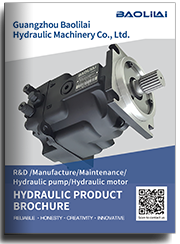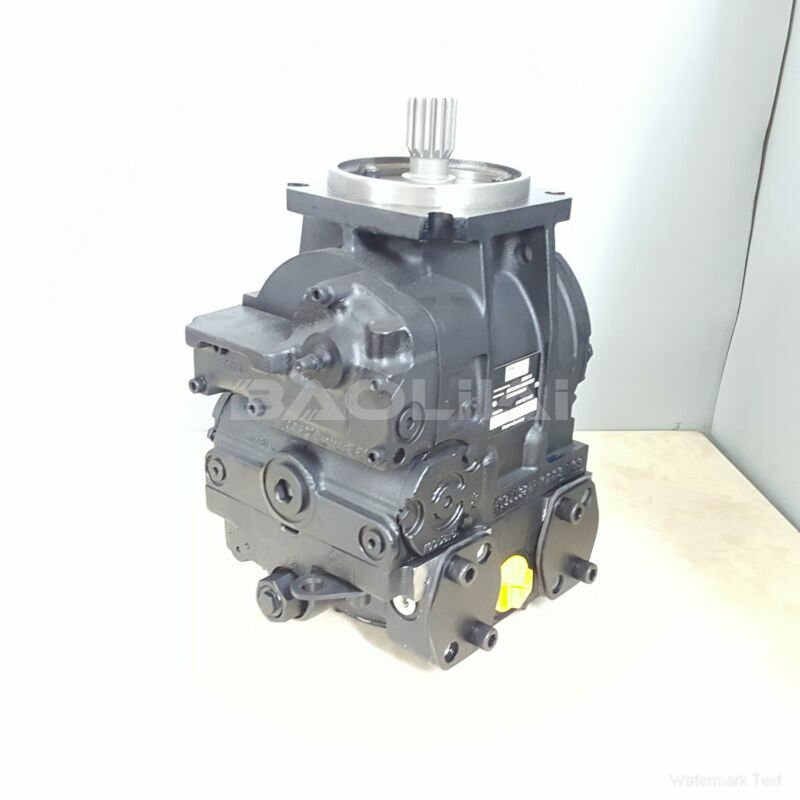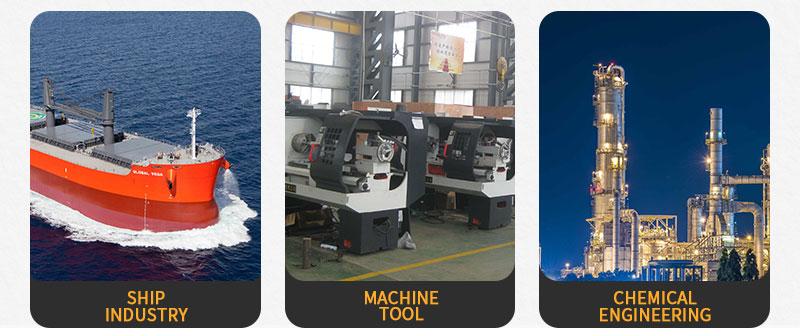90R075HS5CD80R3S1D03GBA353524 piston pump
90R075HS5CD80R3S1D03GBA353524 piston pump

- Product Details
- Applicable Scene
In the automotive and transportation industries, understanding the weight and load capabilities of vehicles is crucial for safety, performance, and compliance with regulations. One effective method for testing these parameters is through the utilization of hydraulic systems. These systems are renowned for their reliability and precision, making them an ideal choice for vehicle weight and load testing.
90R075-HS-5-CD-80-R-3-S1-D-03-GBA-35-35-24
90R075HS5CD80R3S1D03GBA353524
Hydraulic systems operate based on Pascal’s principle, which states that pressure applied to a confined fluid is transmitted undiminished throughout the fluid. This principle enables operators to measure heavy loads without needing to use cumbersome mechanical scales or weights. The ability to translate fluid pressure into weight measurements allows for highly accurate assessments of vehicle loads.

83007316
One of the primary applications of hydraulic systems in vehicle testing is in the determination of the Gross Vehicle Weight Rating (GVWR). This rating is a crucial factor in ensuring that a vehicle can safely transport a specific load without compromising structural integrity or performance. Hydraulic load cells are often integrated into testing platforms to provide real-time data on the weight of vehicles. This ensures that manufacturers and operators can validate compliance with safety standards before vehicles are deployed.
Load testing is another critical application of hydraulic systems. By simulating various load conditions, engineers can assess how vehicles perform under stress. This is particularly important in the design phase, where understanding a vehicle’s behavior under different loading conditions can inform necessary design modifications. Hydraulic actuators can apply force to specific points on a vehicle, allowing for detailed analysis of structural response and load distribution.
Moreover, hydraulic systems enhance the efficiency of load testing procedures. Traditional mechanical systems often require extensive setup and manual calculations to assess vehicle weight and loads. In contrast, hydraulic systems can automate many of these processes, providing rapid and reliable results. Automated hydraulic testing rigs can be programmed to perform repeated tests, thus streamlining the validation process for vehicle manufacturers.





